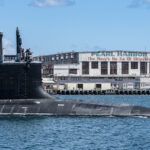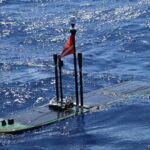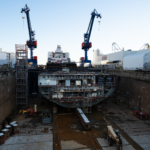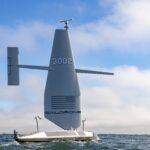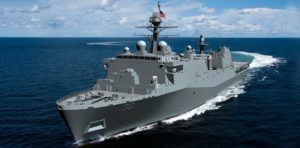
A Marine Corps official told a congressional panel Wednesday the Navy’s plans to reduce amphibious warships in the medium term from 24 ships will add risk to the service’s ability to respond to crises, particularly outside the Indo-Pacific region. During a House Armed Services seapower subcommittee hearing on May 18, Rep. Elaine Luria (D-Va.) asked a top Marine Corps official what the risk is in the Navy’s plan to reduce the amphibious warship force to 24 ships by FY ‘24,…

 By
By 